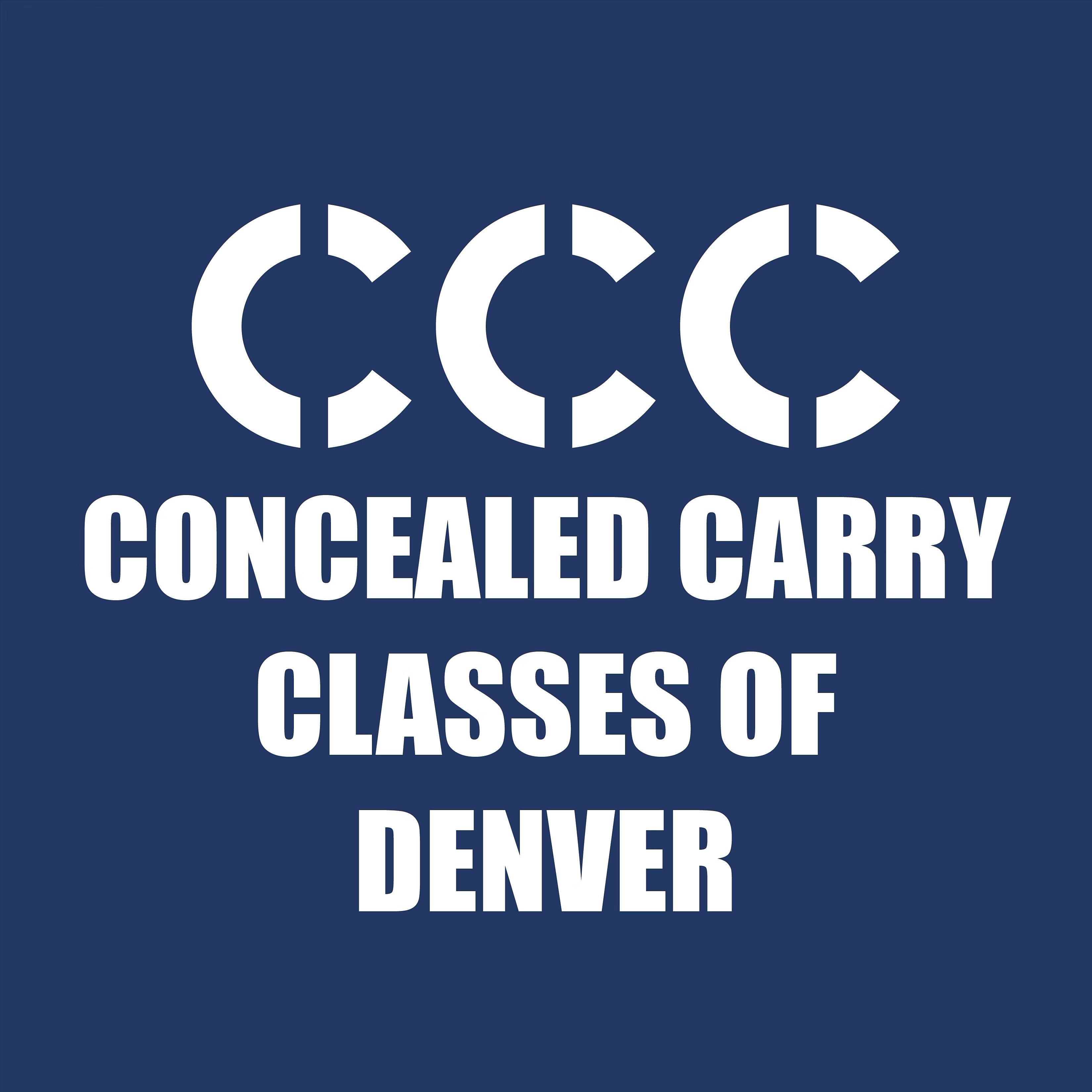The Mozambique Drill, often referred to as the “Failure Drill” or “Failure to Stop Drill,” is a vital shooting exercise for enhancing precision, speed, and decision-making under stress. This drill simulates a scenario where an assailant is not stopped by initial shots to the torso, necessitating a follow-up shot to the head to neutralize the threat effectively. Here’s how you can practice this drill at the shooting range to improve your defensive shooting skills.
Equipment and Setup
- Firearm: Any handgun that you are comfortable with, preferably the one you would carry for self-defense.
- Ammunition: A sufficient amount of live ammunition for practice. Ensure you have enough for multiple repetitions of the drill.
- Targets: Use silhouette targets that clearly mark the chest and head areas. These will represent your assailant.
- Range: A safe and controlled shooting range environment that allows for drawing from a holster and firing at human-sized targets.
Steps for Practicing the Mozambique Drill
- Starting Position:
- Begin at a distance of 5 to 7 yards from your target, which is a typical range for self-defense situations.
- Stand in a ready position with your firearm holstered, if drawing from the holster is part of your practice, or at the low ready position if not.
- Engagement:
- On your command (or a timer, if you have one), draw your firearm and aim at the target’s chest area.
- Fire two controlled shots aimed at the center mass of the chest. These shots are intended to simulate stopping the threat with body shots.
- Assessment:
- Quickly assess the situation as if determining whether the assailant has been neutralized. This brief pause is crucial for adding a decision-making component to your drill.
- Transition your aim to the head of the target, simulating the scenario where the chest shots were not effective.
- Headshot:
- Once you’ve shifted your aim, fire one shot aimed at the head area of the target. This shot is intended to ensure the threat is neutralized.
- Completion and Safety:
- After firing the headshot, reassess the target briefly to ensure the “threat” is neutralized.
- Safely lower your firearm and return it to the holster or the low ready position.
- Take a moment to assess your performance, checking your accuracy on the chest and head shots.
Practice and Repetition
- Repeat the Drill: Practice the Mozambique Drill multiple times, focusing on improving your accuracy, speed, and fluidity of motion. Remember, the goal is not just speed but also making each shot count.
- Vary the Distance: As you become more proficient, vary the distances to challenge your accuracy and adaptability.
- Incorporate Movement: To add complexity, incorporate movement into the drill, such as stepping to the side as you draw, to simulate evading return fire.
Safety and Consideration
- Always follow the four fundamental safety rules of handling firearms.
- Ensure your practice is in line with the range’s rules and guidelines, especially concerning drawing from a holster and rapid firing.
Practicing the Mozambique Drill at the shooting range can significantly enhance your defensive shooting capabilities, preparing you for the unlikely event of a self-defense scenario. Remember, the key to this drill is not only speed but also the ability to make decisive, accurate shots under pressure.


